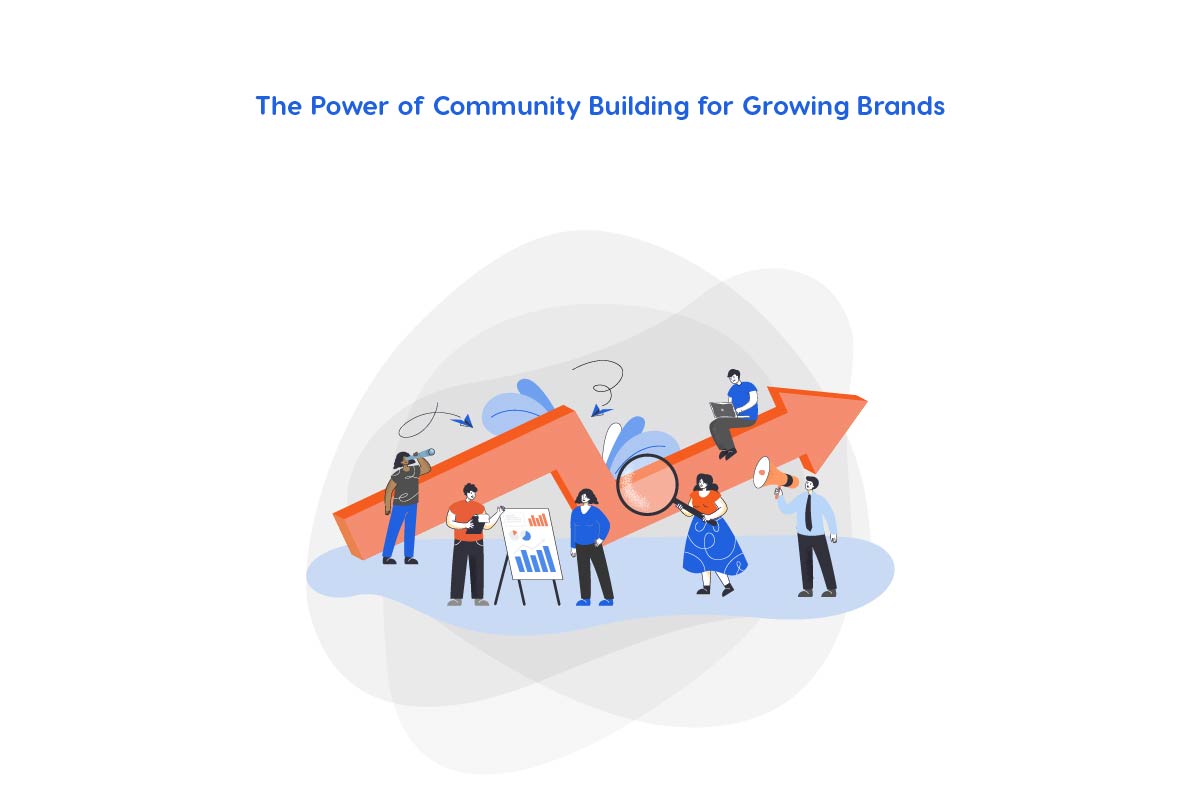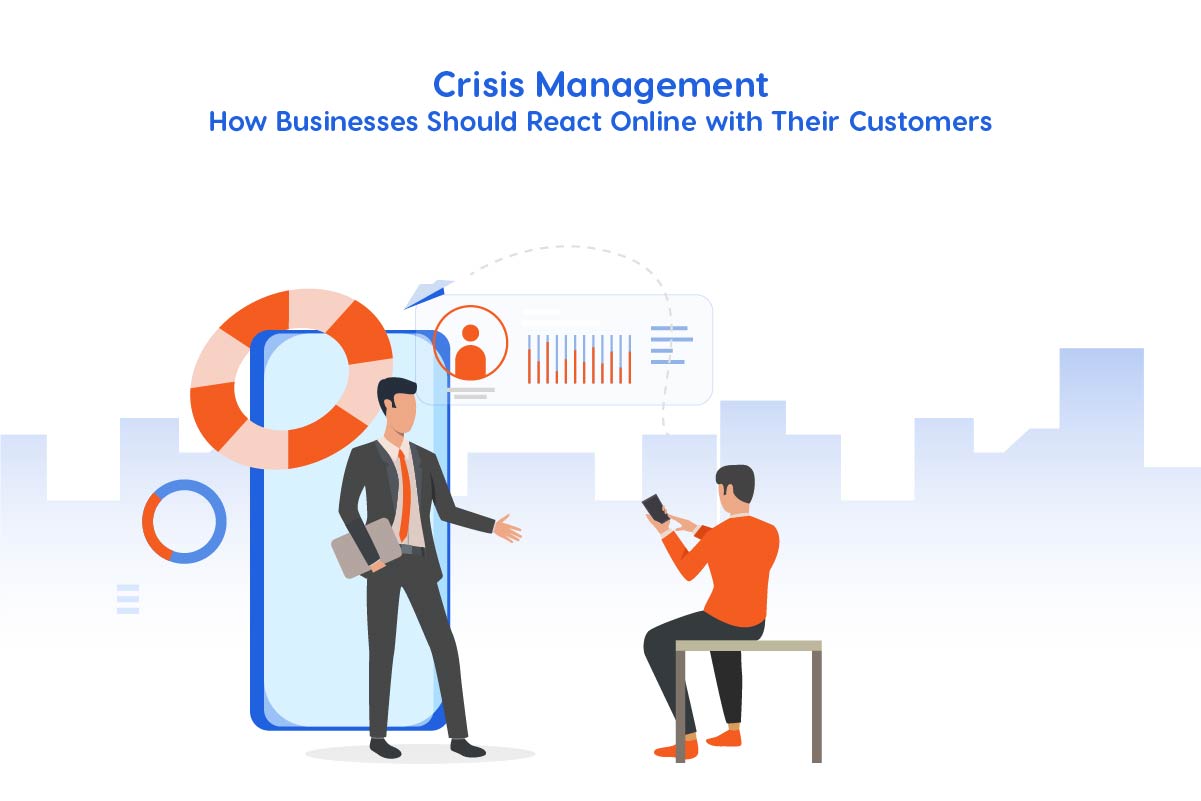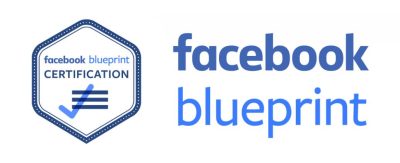AI-generated content is a piece of writing used for blogs, articles, marketing, and product descriptions generated by artificial intelligence software based on human search. This software produces unique writing relevant to human queries. It reads the information from different search engines and creates unique and high-quality content. This software mimics human thinking and writing styles. It can provide short or long notes and easy or advanced vocabulary. It helps the content rank on search engines. It gives you information on every topic, from academics to astronomy, economics to science, or writing social media posts to YouTube content.
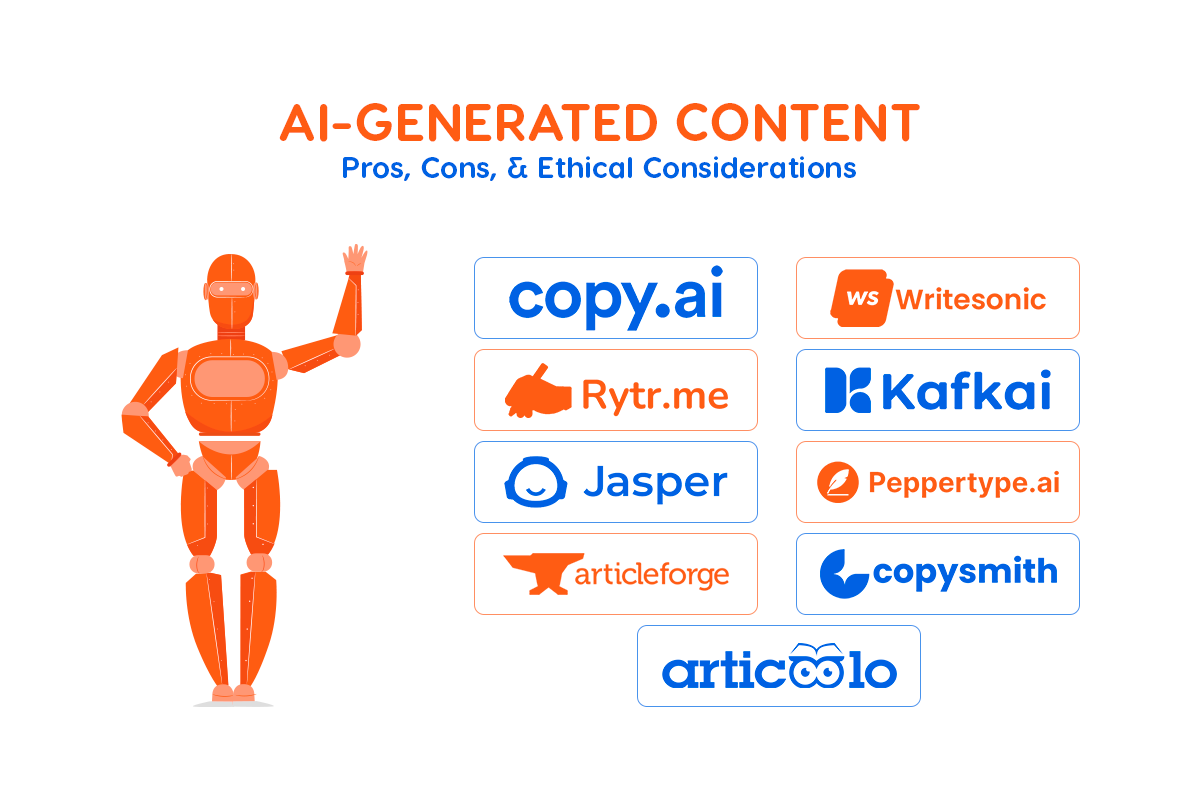
AI-generated Content: Pros, Cons and Ethical Considerations
BEST AI-GENERATED TOOLS
There are several modern AI-created software that are now-a-day available in the market. Here are the nine best tools for designing the best content:
- Kafkai
- CopyAI
- Jasper
- Writesonic
- Peppertype
- Rytr
- Articoolo
- Copysmith
How AI-Generated Content Work?
AI content is designed in a way that the content looks human-written. While designing engineers added content from every search engine i.e newspaper stories, articles, quora, Reddit threads. When asked by AI, it reads and interprets the question and generates its own content in natural human language. AI generators practice Natural Language Generators to copy human writing style. AI does not use a ‘content spinner.’ As there is software that just paraphrases already written content by changing sentence structure and alternating the vocabulary. Some AI generators can write original and plagiarism-free content. These generators make content from scratch using the input information, keywords, and writing-style format.
Tips for writing with the best AI tools
Now the world is shifting toward AI-generated content. There are some strategies to make it more human-friendly and presentable. The following tips must be followed while writing the content.
Choose a template
Put your query
Generate the report
Proofread the content
Publish
Pros and cons
Like any other technology, there are some assets and some liabilities to using AI generators. However this software is created for human ease, but some serious threats are associated with using this technology. It can craft content within seconds, but after all, it is a machine; it can create absurd documents.
| Pros | Cons |
|---|---|
| Effectiveness and extensibility | No room for uncertainty |
| Economical | Plagiarism Issue |
| Improves SEO | Google can Penalize AI content |
| Gives new ideas | Partial Language Abilities |
| Beat writer’s block | Cannot replace human wisdom |
| Provide accurate information | Devaluation by Google |
| Helps to manufacture a better product | Redundancy |
| Write multiple languages | |
| Redefining Content Formation |
Ethical Considerations
Besides the benefits of AI-generated content, there are some serious ethical concerns attached to it. All companies should use it responsibly and implicit all the regulations provided by AI.
Some of the key ethical concerns of AI-driven content are given below.
Spreading unsafe content
The most harmful risk of using this software is the use of tools like Deepfakes. Deepfakes can generate false videos, text, speech, or images by enemies to spread hateful news.
Biased content
Using AI generators like ChatGPT spread potentially biased responses. This may often cause biased, false, unfair, and discrimination results, for instance, racial or color discrimination.
Cybersecurity attacks
Hackers are able to practice AI content generators to generate tailored spam emails and pictures with concealed malevolent code. This can enhance security risks and spread the speech to a large audience.
Jobs replacement
The AI-driven content in advertising may raise considerations about job transposition for many content generators and other experts in this field. Although AI generators can save time as well as assets, it is very necessary to consider the harmful effect of these generators on human occupation.
You can also read: Things to Keep in Mind While Writing Content for Your Blog
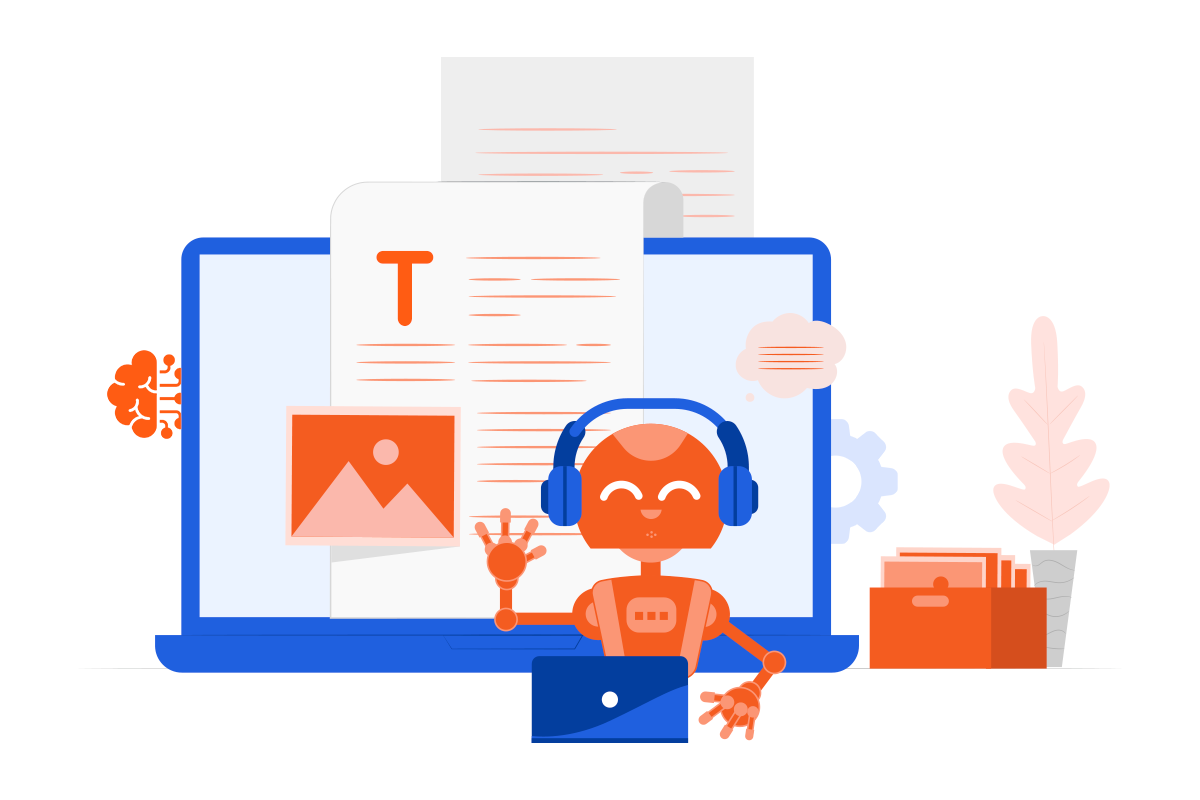
AI-generated Content: Pros, Cons and Ethical Considerations
How to detect AI-created content?
The use of artificial intelligence-generated material by students to cheat is a serious concern. Many lecturers and instructors claimed that the ChatGPT-generated material produced strong essays.
So to combat this problem on Jan. 31, 2023 openAI launched an AI text classifier. Some other websites can also detect AI-written content, for instance
- Writer
- Copyleaks
- Originality
- GPTZero
OpenAI is also developing a watermark for lengthy AI-driven text to serve as a quick identifier. There are some common styles of AI-generated text;
Overuse of ‘the’
Content created using AI mostly uses the words like ‘the,’ ‘it,’ or ‘is.’ Because AI software is based on predictive language and it determines which word should come next.
Shorter sentences
As this content is trying to mimic human language, the sentences are short in AI-created content.
No citation
AI does not provide any citation or reference source.
Deficiency of typos
As machines create AI content, it does not contain grammatical mistakes and misspellings which normal human writing shows.
Lack analysis
AI can provide data statistical and factual data more appropriately. AI-generated content does not contain analysis and deep examination.
Words repetition
AI tries to cover the article with appropriate keywords. If the data show repetition of the same phrases or words, it could be a sign of AI-generated content.
Final Words
AI-generated content is effective in creating on-time and cost-effective content. However, the content it gives is quite plagiarised and redundant. We can use AI for improving content creation but we cannot completely rely on it. We need to keep an eye on it and generate content with its help. To ensure that all the content created by AI generators is correct, you must check that the AI algorithms are based on accurate and reliable data. Moreover, before using it for publishing it must be checked and edited by humans.
